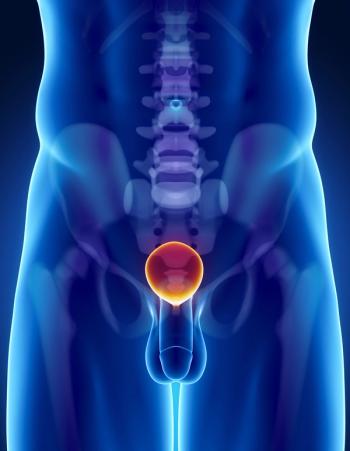
Miami Breast Cancer Conference® Abstracts Supplement
- 42nd Annual Miami Breast Cancer Conference® - Abstracts
- Volume 39
- Issue 4
- Pages: 60
2 Preventive Care and Screening Adherence Among Women Surviving Breast Cancer
Background/Significance
Preventive care and screening adherence are essential to long-term follow-up for breast cancer survivors, enabling detection of recurrence and guiding overall health maintenance. Routine physical exams, mammograms, and Pap smears are recommended. Barriers to adherence over time can be addressed by community-based organizations by providing information and supportive services, including navigation to screening. We studied adherence to preventive care and screening among breast cancer survivors who engaged a national cancer control community-based organization–examining how sociodemographics, cancer care factors, and quality of life were associated with adherence.
Materials and Methods
A secondary data analysis was conducted among breast cancer survivors (n = 777) who contacted the community-based organization for resources, including no-cost patient navigation. Patient-reported outcomes were assessed after 30 days, along with survivorship care plan (SCP) quality and quality of life. An index score was created based upon women’s self-reported adherence to receiving routine physical exams, mammograms, and Pap smears at recommended intervals.
Results
Among survivors, 37% were age ≤ 46 years, 19% were non-White, 63% were in a partnered relationship, 23% rated their quality of life (general health) as fair/poor, and 47% carried a pathogenic variant in BRCA. Medical providers caring for these survivors were primary care physicians (53.6%) and oncology specialists (46.4%). For index scores, 66% were adherent to all 3 recommendations for follow-up, 29% to 2 recommendations, and 6% to ≤ 1 recommendation. The most adhered to recommendation was a physical exam (97%), and the least was a Pap smear (73%); 88% of survivors reported mammograms biannually. At the bivariate level, survivors who were younger (t, df = 4.59, 711, P <.001), non-White (t, df = –3.27, 267, P <.001), in a partnered relationship (t, df = 1.76, 54, P <.05), and with better quality of life (r = –.09, P <.01) were more adherent. A trend was observed for SCP quality; survivors who received written summaries (56%), including follow-up instructions (64%), and in written form (45%), were more likely to adhere (r = .05, P <.10). In a multivariable regression model adjusting for partnership status and SCP quality, younger survivors (B = 1.13, P <.001), who were non-White (B = 1.0, P <.01), and with better quality of life (B = .09, P <.05) were more adherent.
Conclusion
Survivors can be navigated to guideline-based prevention and screening with community-based organization-led support. Tailored SCPs are essential to reinforce life-saving health behaviors and improve follow-up adherence.
Articles in this issue
Newsletter
Stay up to date on recent advances in the multidisciplinary approach to cancer.


















































































